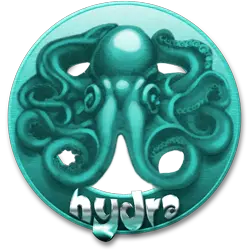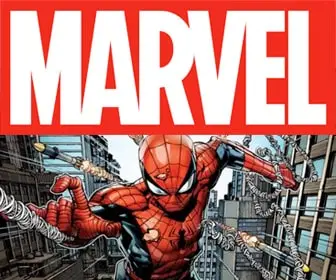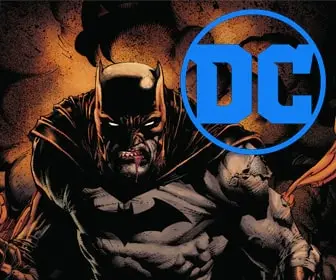
From Golden Age to Silver Age: A Revolution
The Silver Age: A Comic Book Renaissance
Remember those thrilling adventures of Superman battling mad scientists? That era, known as the Golden Age of Comics, captivated readers from the late 1930s to the 1940s. But by the 1950s, superheroes were losing their shine. Crime and horror comics became more popular. Then, in 1956, something amazing happened. A new era dawned for comic books, ushering in a time of fantastic heroes, wild adventures, and a renewed sense of wonder – the Silver Age! This period, lasting until roughly 1970, would redefine comic books and leave a lasting mark on pop culture.
Super Speed Starts a Silver Streak!
The Silver Age wasn’t just about brand new heroes. It was also a revival for many forgotten favorites. In 1956, a comic called “Showcase” #4 hit the newsstands. This issue brought back the Flash, a superhero who had been around since the Golden Age, but with a fresh twist. This new Flash, Barry Allen, wasn’t just fast – he was super-fast! The success of this revamped Flash sparked a trend. Soon, other classic heroes like Green Lantern and Hawkman got modern makeovers. This revival spirit even led to the formation of a brand new team – the Justice League of America, uniting the greatest heroes of the DC Universe for the first time!
Marvel Muscles In With Relatable Heroes
DC Comics wasn’t the only company enjoying the Silver Age boom. Over at Marvel Comics, a group led by writer Stan Lee and artist Jack Kirby were cooking up something special. In 1961, they introduced the world to the Fantastic Four, a team of astronauts who gained incredible powers after a cosmic mishap. But these weren’t your typical perfect heroes. They argued, they worried about money, and they even disliked each other sometimes! This focus on relatable characters with real-life problems was a big change from the flawless heroes of the past. Marvel’s success continued with the arrival of Spider-Man in 1962. This teenage hero with money woes and self-doubt resonated even more with readers. Stan Lee and his team were showing that anyone, even an everyday teenager, could be a hero.
Blast Off to Adventure: Silver Age Themes and Style
The Silver Age wasn’t just about new heroes – it was a whole new way of telling superhero stories. Science fiction was all the rage, and comics embraced it! Rockets blasted off to faraway planets, alien invaders threatened Earth, and heroes used amazing technology to save the day. The overall tone was lighter and more optimistic than the darker stories of the Golden Age. Big, bold artwork with dynamic action sequences brought these fantastical adventures to life. Imagine giant sound effects like “WHAM!” and “POW!” bursting across the pages, perfectly capturing the excitement of each punch and explosion.
The Silver Age: A Legacy That Endures
The Silver Age wasn’t just a great time for comics – it was a game-changer! It brought back superheroes in a big way, and comic book sales soared. This revival spread beyond comic shops, influencing TV shows, cartoons, and movies. Today’s superhero blockbusters owe a lot to the characters and ideas that emerged during this period. The Silver Age also paved the way for a new era in comics – the Bronze Age. While the Silver Age was full of wonder and optimism, the Bronze Age tackled more mature themes and complex storylines. But without the Silver Age’s heroes and its return to superhero adventures, comics might have looked very different today. So, the next time you see your favorite superhero on the big screen, remember: they might not exist without the fantastic Silver Age!
Collectors
Choosing only 5 definitive issues is tough, but here are 5 Silver Age comics that hold high significance for different reasons:
- Showcase #4 (1956): This issue marks the return of the Flash (Barry Allen) and is widely considered the kick-off point for the Silver Age.
- Fantastic Four #1 (1961): The debut of Marvel’s Fantastic Four, introducing Stan Lee and Jack Kirby’s revolutionary approach to superheroes.
- Amazing Fantasy #15 (1962): The first appearance of Spider-Man, a pivotal moment showcasing Marvel’s focus on relatable, teenage heroes.
- X-Men #1 (1963): The introduction of the X-Men, a team of outcast mutants who resonated with themes of prejudice and social identity.
- Justice League of America #1 (1960): The formation of the DC Universe’s premier superhero team, uniting iconic heroes like Superman, Batman, and Wonder Woman.
It’s important to note that these are just a few highlights. Silver Age gems exist across various publishers and genres. Consider expanding your collection based on your favorite characters or storylines!
The Silver Age: A Shining Example
The Silver Age of comics was a time of incredible creativity and a return to the magic of superheroes. It brought back beloved heroes, introduced new fan favorites, and set the stage for the superhero dominance we see in pop culture today. The bright characters, exciting stories, and innovative artwork continue to inspire readers and creators alike. So, whether you’re a longtime comic book fan or just discovering these heroes for the first time, take a moment to appreciate the Silver Age – a shining example of what comics can be!















